In order to improve network reliability, do you know how hard OTN optical layer protection is?

In order to improve network reliability, do you know how hard OTN optical layer protection is?

Optical fiber is an important part of communication transmission. When the optical fiber is broken, it needs to be manually reversed in an unprotected state. The process will last from a few minutes to dozens of minutes, which seriously affects the transmission of information. OTN optical layer protection can realize automatic protection switching of services within 50 ms, improving the high reliability of the network and the disaster recovery capability of equipment. For a detailed introduction to OTN, you can read "Large-capacity transmission technology for network data - WDM/OTN, do you understand? " .
1. Implementation principle
Let's first take a look at how OTN optical layer protection is implemented? OTN optical layer protection is mainly achieved through "concurrent optimal reception". Concurrent, i.e. sending at the same time. Preferential Receipt, that is, preferential reception.
The sender sends two signals at the same time, and transmits them through two different channels. The receiving end compares the received signals, and selects a signal with better quality in the two channels to receive.
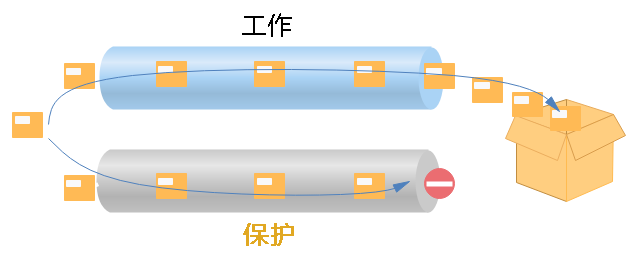
When the selected working path fails, the service receiver performs fault detection, and then switches the service to the protection path for protection.
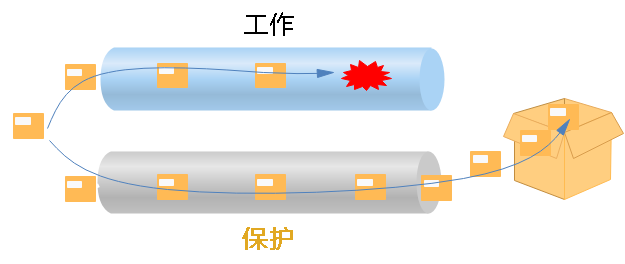
Since services are bidirectional, switching includes unidirectional switching and bidirectional switching.
Unidirectional switching: When a unidirectional fault occurs (that is, the fault affects only one direction), only the affected end performs switching.
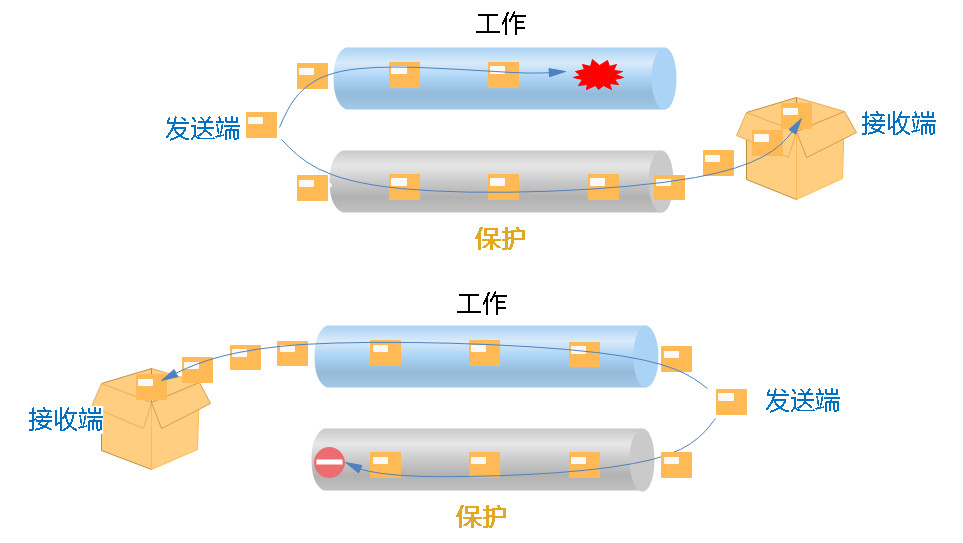
Bidirectional switching: When a unidirectional fault occurs, both the affected and unaffected ends will perform switching.
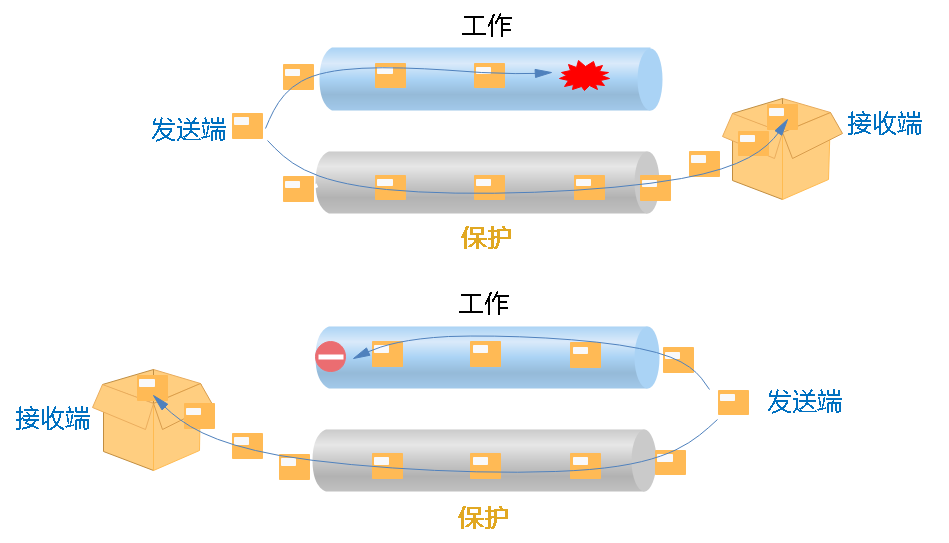
After switching, if the working channel returns to normal, you can also choose whether to return to the working channel.
Non-returning: After the working channel returns to normal, the service signal that has been switched to the protection channel does not return to the working channel and is still transmitted on the protection channel.
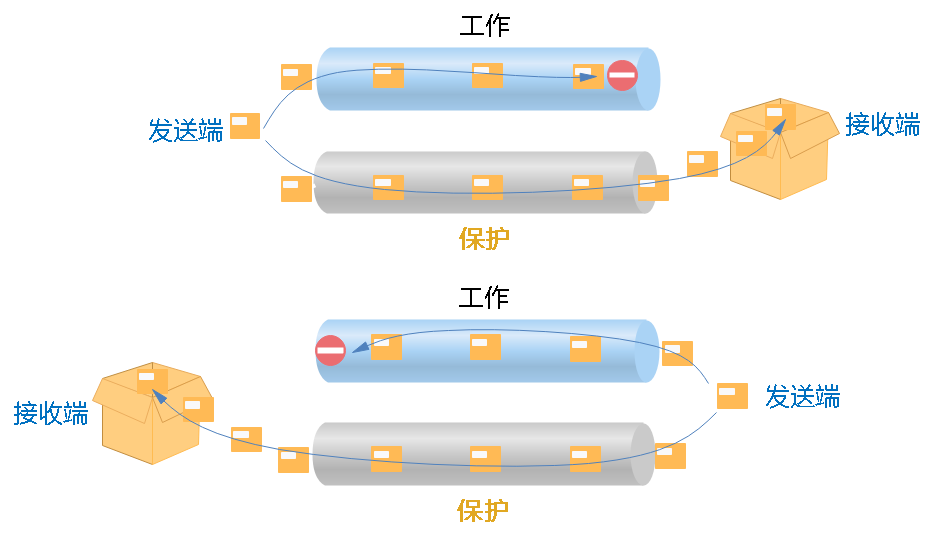
Return type: When the working channel returns to normal, the service signal will return to the working channel for transmission.

2. Type of protection
OTN optical layer protection provides optical layer protection at all levels, and briefly explains the optical layer structure of wavelength division. For details about the OTN layered structure, you can read these three pictures, and you can master the OTN layered structure.
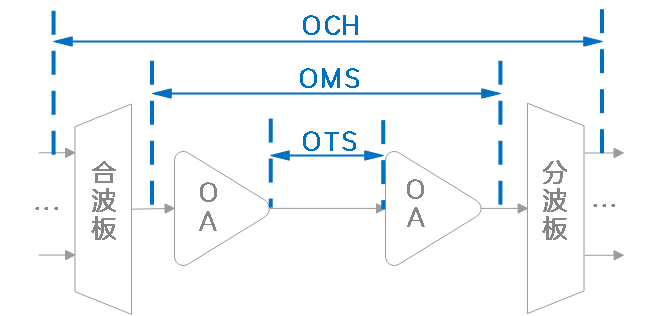
It can be seen that:
- The OTS optical transmission section layer is the part formed between the front and rear optical amplification boards (ie, OA boards).
- The OMS optical multiplexing section is the part formed between the multiplexing and demultiplexing boards.
- The OCH optical channel layer is a single wavelength channel, the part between service boards.
Therefore, for the above optical layer structure, there are three types of protection: optical transmission section protection, optical multiplexing section protection and optical channel protection.
Optical Transmission Section Protection
Optical transmission section protection, also called optical line protection, protects the optical fiber between two adjacent optical amplification (OA) sites. That is, a spare optical cable is used to protect a working optical cable that is easily damaged.
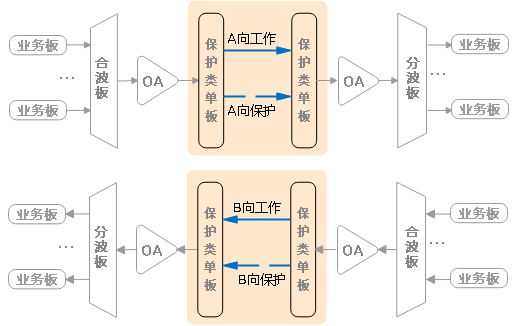
Optical Multiplex Section Protection
The optical multiplexing section protection, on the basis of the optical transmission section protection, increases the protection capability of the optical amplification (OA) site.

Optical channel protection
Optical channel protection mainly protects single-channel services, and also has the ability to protect optical layer boards such as multiplexing and demultiplexing boards and optical amplifier (OA) sites.
According to the usage of service boards, the application scenarios of optical channel 1+1 protection are divided into service board redundancy configuration and service board sharing configuration.
Service board sharing: The working channel and the protection channel share the service board.

Service board redundancy: There is one service board on each of the working channel and the protection channel.

Well, the introduction of OTN optical layer protection is over. OTN optical layer protection realizes rapid service recovery and plays an extremely important role in avoiding long-term network interruption. At the end, I will provide you with summary notes, see the table below:
